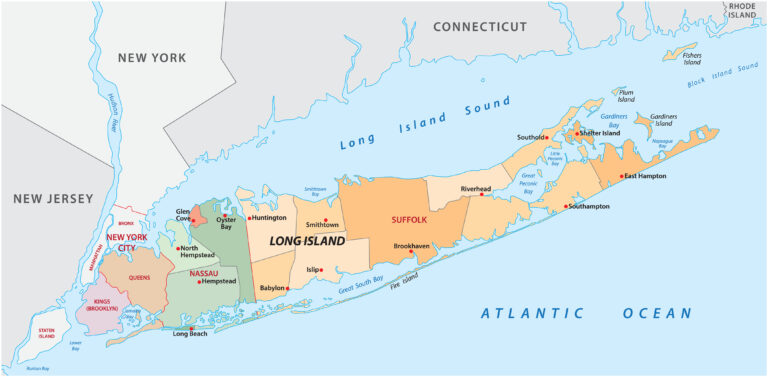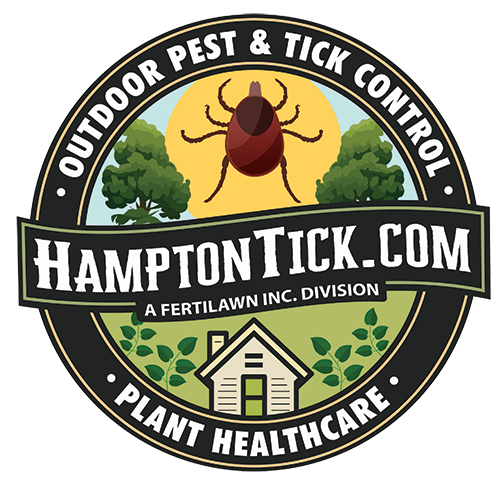Are there ticks on long island?
Ticks on Long Island are no joke!
The diseases carried by fleas, ticks, and mosquitoes are serious. This month’s blog will discuss how to check for and remove ticks and some of the diseases these insects carry. Last summer (2024), Long Island saw an increase in tick populations, and this summer will be no different.

We are accepting new clients
HamptonTick.com is accepting new clients for safe and effective tick, flea, and mosquito protection. When it comes to spraying for fleas, mosquitoes, or ticks in your yard, HamptonTick.com is all you need to know. For over 40 years, we’ve been beautifying East End yards and protecting families from unwanted pests.
We are an affordable tick-spraying company that understands the importance of guarding against the diseases carried by fleas, ticks, and mosquitoes. We can stop them BEFORE they invade your home. With the East End’s deer population, tick spraying in Suffolk County is a serious business. In fact, we’ve sometimes been recognized as the best company in the Hamptons for tick spraying. We want the opportunity to show you why. Call us at 631-728-5815 or email us at service@fertilawnusa.com.
How To Check for ticks?
Checking for ticks is essential to prevent tick-borne illnesses. If you find yourself bitten by a tick, here are some basic things to do:
1.Check Your Clothes:
-Before undressing or closely inspecting your skin, check your clothing for ticks, as ticks can cling to clothing.
2.Do a Full Body Check:
-Start by thoroughly checking your hair and scalp. Ticks can hide in hair.
-Check areas like the back of the neck, behind the ears, and the hairline, as ticks often attach.
-Ticks are commonly found in warm, moist areas such as the underarms, behind the knees, and the groin area.
-Check your legs, especially behind the knees, between your toes, and around the ankle.
3.What to Look For:
-Ticks are typically small and can vary in size, from the size of a pinhead to about the size of a small pea when engorged.
4.Ask for Help:
-Use a mirror or ask a partner to help you check hard-to-see areas like your back, neck, and behind your ears.
5.Timing:
-On the East End, checking for ticks after any outdoor activity (especially in wooded, grassy, or tick-prone areas) and at least once daily during tick season (spring to fall) is best.
How to remove a tick?
1.Grasp the tick carefully with your fingers or use fine-tipped tweezers to grasp the tick as close to the skin’s surface as possible.
2.Gently pull the tick out with slow and steady pressure. Avoid twisting or jerking the tick, as this can cause parts to break off and remain in the skin.
3.After removal, clean the bite area with rubbing alcohol, soap, and water.
4.Place the tick in alcohol or a sealed container and dispose of it properly. If necessary, you can also save it for identification.
Tick Diseases
Ticks are small parasites that carry various dangerous diseases affecting humans and pets.
Here’s a short list of the most common diseases:
1. Lyme Disease
2. Ehrlichiosis
3. Anaplasmosis
4. Rocky Mountain Spotted Fever
5. Babesiosis
6. Tick Paralysis
Let us help you reduce the risk of ticks enjoying your yard. Call us at HamptonTick.com and we will protect your yard. Leave the tick treatment to us. To schedule your tick prevention plan call us at 631-728-5815.
